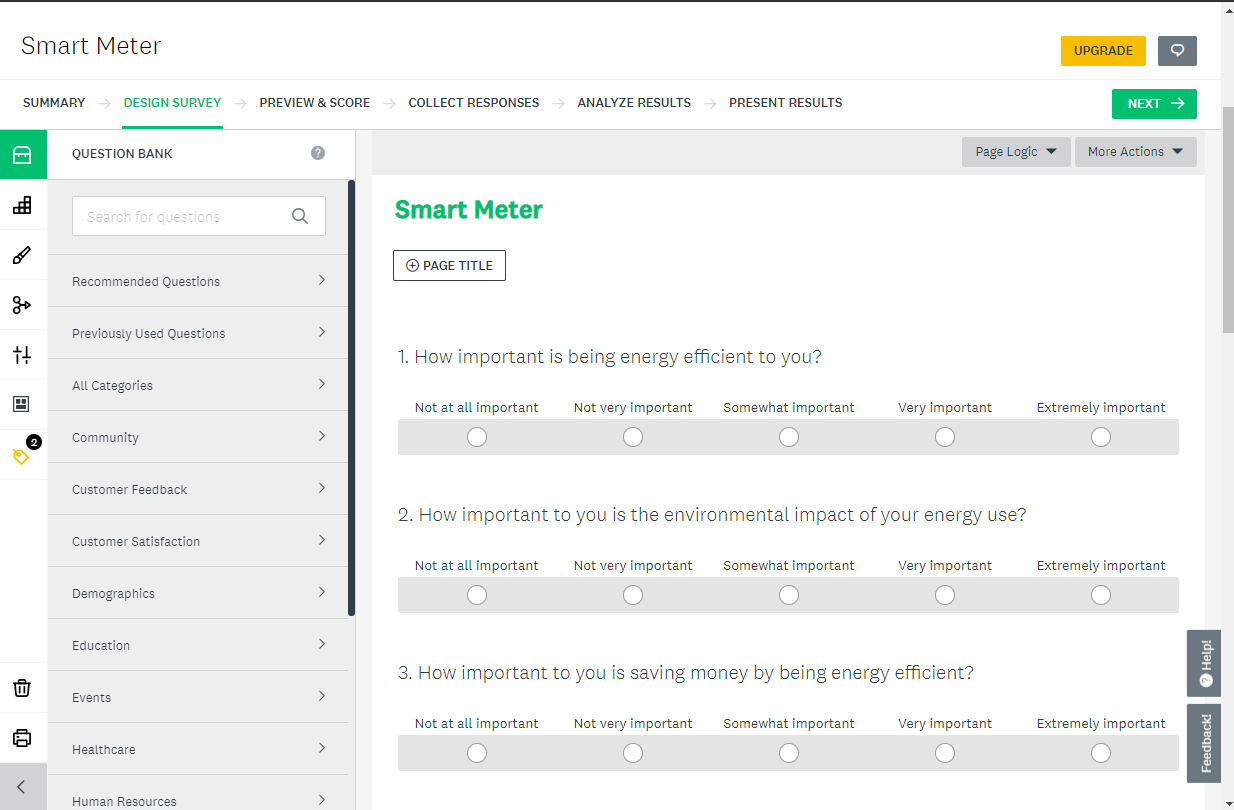Find out about your users' behaviours, goals, attitudes and pain points.
Qualitative methods like field research and users interviews can provide deep insight and help define your research problem. Quantitative user surveys can complement qualitative methods by providing reliable statistical data that can then be used to quantify insights gained from qualitative research.
Click the links below or scroll down for more details.
How Can I Help?
- Advise on a research plan given your research goals and budget
- Design the study
- Setup and carry out the study
- Analyse the data using qualitative and/or statistical methods
- Produce an actionable report and/or oral presentation
Contextual Inquiry
What does it involve? The researcher observes a user as she/he interacts with products to achieve their everyday goals in their normal user environment. At regular intervals, the researcher questions the user about their goals, experiences and reasons for performing actions. The data is then qualitatively analysed and may be used to develop personas, task analysis, user journey maps etc..
Why should you do it? To discover and understand user needs, goals, experiences, expectations and problems they encounter with products. This method provides a detailed understanding of the user, product and context of interaction. It can reveal critical knowledge that users are not consciously aware of or may not think is important.
You should ideally do contextual inquiry before developing the target product. It's also a good choice if your developing task analysis, personas and user journey maps.
User Interview
What does it involve? Interviewing users about their goals, attitudes, and feelings towards a product. The questions in an interview may be planned in a strict (structured interview) or loose way (semi-structured interview).
Why should you do it? To gain a detailed understanding and insight into users. Unlike surveys, this method allows the interviewer to probe a user's response to questions and ask unplanned questions motivated by what the participant says.
You can carry out interviews at different stages of product development although early is usually better. Interviews may also be used to gain feedback following usability testing sessions.
User Survey
What does it involve? Survey research is often done using online platforms with tools for survey design, online data collection and simple data presentation. A survey may have either one or a combination of response options such as multiple-choice questions, rating scales, ranking questions and open-ended responses. Survey development requires careful design and testing. Poorly designed questionnaires can bias responses and result in unreliable data.
Why should you do it? Surveys are a relatively quick and cost-effective way of acquiring quantifiable user data from a large sample of respondents. The sample size advantage means that you can make reliable statistical conclusions from the data.
Surveys can be carried out at different stages of the product life cycle to understand users, acquire demographic information or gain product feedback. Surveys can complement qualitative methods when developing models of users experience such as personas and user journeys.
